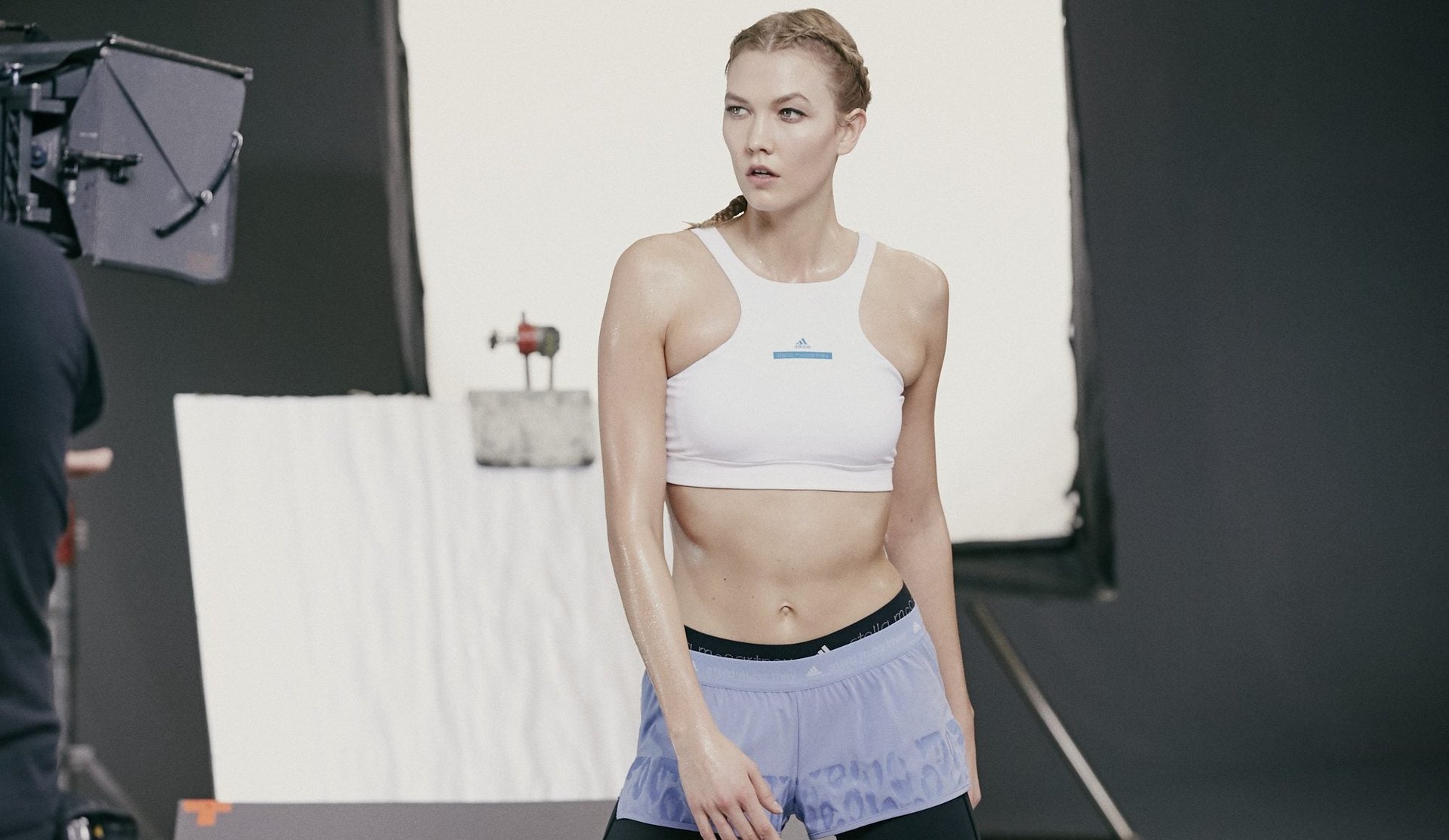Adidas has found that models and bloggers, not athletes, are the key to selling sportswear to women
When the major sporting apparel brands look ahead to the next few years, women are consistently one of the key groups they want to reach to improve sales. Historically, many activewear manufacturers have paid more attention to men. Now, however, they’re realizing there’s a large—and active—part of the population they haven’t fully capitalized on.


When the major sporting apparel brands look ahead to the next few years, women are consistently one of the key groups they want to reach to improve sales. Historically, many activewear manufacturers have paid more attention to men. Now, however, they’re realizing there’s a large—and active—part of the population they haven’t fully capitalized on.
Adidas is one brand putting in the effort to change that, and despite the occasional stumble, it’s been doing most things right. Even as Adidas’ overall sales continue on a tear, its women’s business is still outperforming the rest, CEO Kasper Rorsted told investors on a call today (Aug. 3). “We saw particularly in North America a growth of 77% and Western Europe of 27%” in the women’s business, which includes sneakers and clothes, he said. North America, for the record, is the world’s largest sportswear market, and one that isn’t easy to win over.
According to Rorsted, there have been a few keys to Adidas’ success. Among these are new products designed specifically for women, such as the PureBoost X running shoe; better store displays; and importantly, the realization that the way to reach female customers isn’t through star athletes. Adidas has often leaned on well-known athletes to be its spokespeople, but the company has found that women don’t respond to these stars as strongly as male customers. Instead, female customers are best reached through bloggers, fashion personalities, and other online influencers (who may be athletes, but not professionally).
In March, Adidas announced that it would have 25 different influencers—basically meaning anyone with a large following on social media—come and work with the company on a regular basis. At the time, Bloomberg reported that board member Eric Liedtke said of Adidas’ female target customer “[she] doesn’t follow the Real Madrids, she doesn’t follow the James Hardens, she follows her own cycle of influencers, and they are typically on Instagram or Youtube or the social media areas we tap into.”
Among others, Adidas settled on influencers like DJ Hannah Bronfman, personal trainer Zanna van Dijk, and coach and writer Robin Arzon. Retired tennis star Ana Ivanovic was also on the list, though more for her social-media presence than for her fame as an athlete. The company has also worked closely with model Karlie Kloss, who is the face of Adidas’ line with designer Stella McCartney and has a dedicated section on its website of products she has picked.
Some may feel disappointed to hear that top female athletes may not hold the same sway over women as models and bloggers. It’s not clear whether that’s because of cultural attitudes or the fact that brands haven’t always invested as much in promoting female sports stars, such as Serena Williams.
Whatever the reasons, there’s no doubt that women offer sports brands an invaluable opportunity, especially as fitness becomes more a part of everyday life in countries such as the US. Women, in fact, have for years now outnumbered men in US running events.
Adidas’ goal is ultimately to double its share of the women’s market for sporting goods by 2020. So far so good.